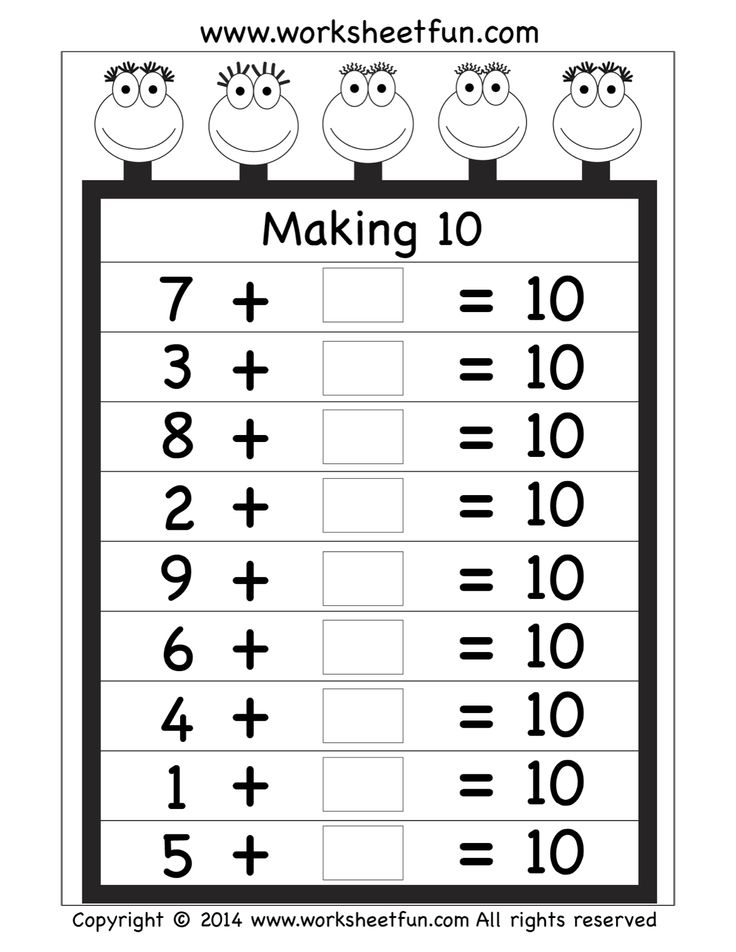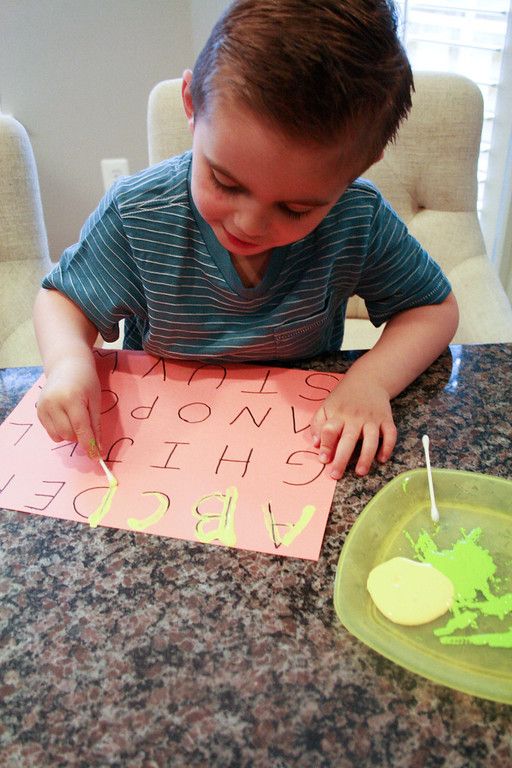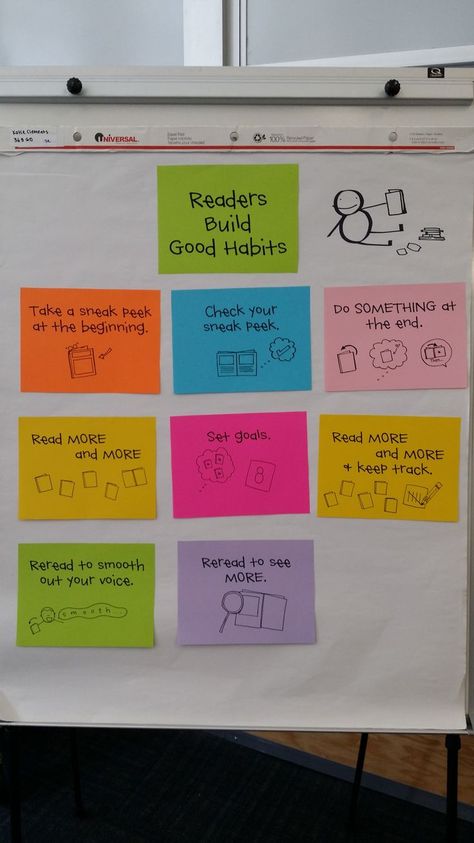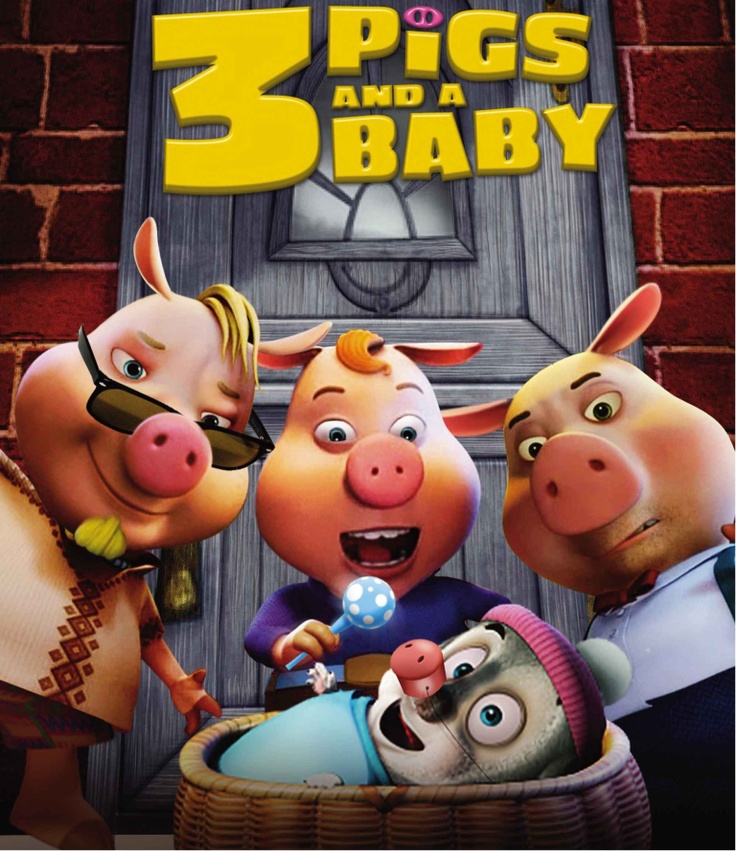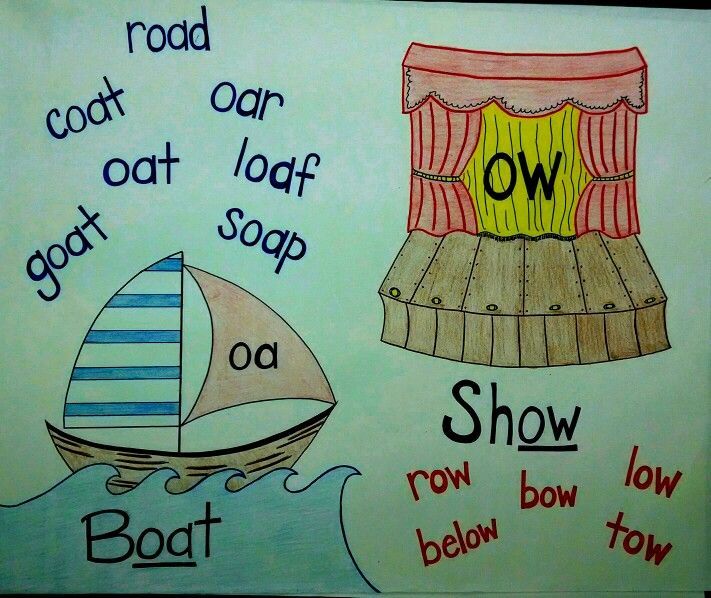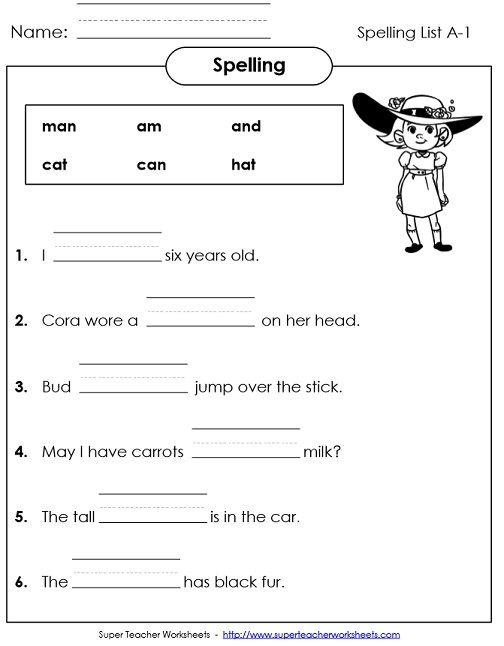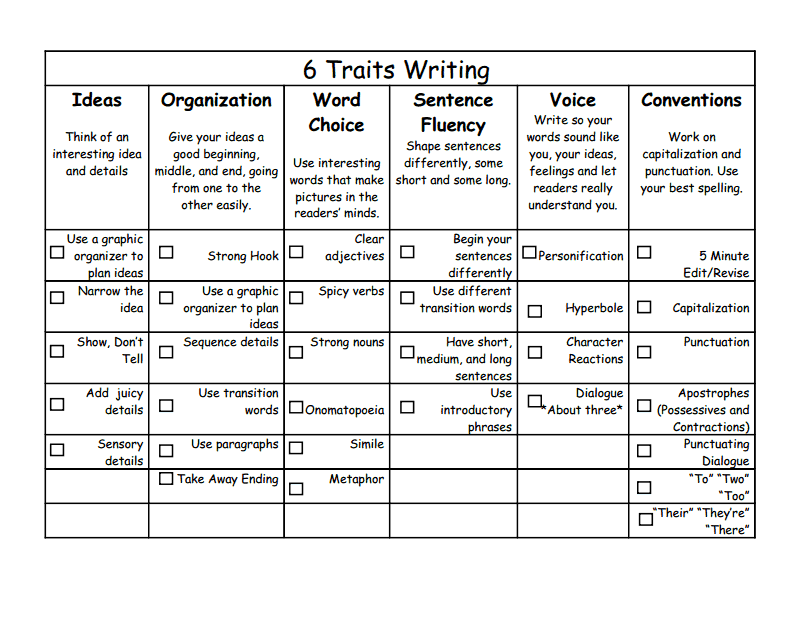Teach addition to first graders
How to Teach Addition | 7 Simple Steps
09 November, 2020
by Jackson Best
Addition is the first big mathematical step after early learners build basic number sense.
And like all first steps, it can be tough to take (and equally tough to teach).
But it doesn’t have to be. Here’s a 7-step process for teaching addition that creates easier lesson plans for you, and better understanding for your students.
Introduce the concept using countable manipulatives
Using countable manipulatives (physical objects) will make addition concrete and much easier to understand. It’s important to use a variety so students begin to understand the concept independent of what’s being counted.
Counting on fingers is the most intuitive place to start before you transition to tokens, bottle caps, or paper cutouts. If you want to incorporate some movement, put students in small groups and have them join up, counting out the total number of members once more are added.
Transition to visuals
Start transferring addition to paper by using illustrated sums, or having students draw objects they can count.
It’s best if you put visuals alongside numbers to promote association between the two. Consider using a graphic organizer with the sum written across the top and a space for drawing under each number.
Use a number line
At this stage, most students will still be adding by counting out every number in a sum to reach the total solution. A number line, however, removes the need to count out the first number in the sum.
If the sum is 4 + 3, for example, students can put their finger on the four to start with, and then count up three places to reach 7. They no longer need to count out the 4 first to reach the solution.
Counting Up
Once students know how to use a number line, you’ll want them to use the same “counting up” strategy in their heads.
You can then have them practice this by counting aloud on their fingers. Let’s stick with 4 + 3 as an example:
- Students start with a closed fist and say “4”.
- Students then count up “5, 6, 7”, extending three fingers one at a time.
- Students now have three fingers extended, but remind them that the answer isn’t 3. They started with a 4 in their fist and then counted up, so the answer is 7.
Finding the ten
This is a mental math trick that will help students develop their procedural fluency.
Instead of adding two numbers together as they are, encourage students to add them up to 10, and then add the remainder to that 10. For example, the process for 7 + 5 is:
- 7 + 3 = 10
- We still need to add an extra 2, to turn that 3 into 5.
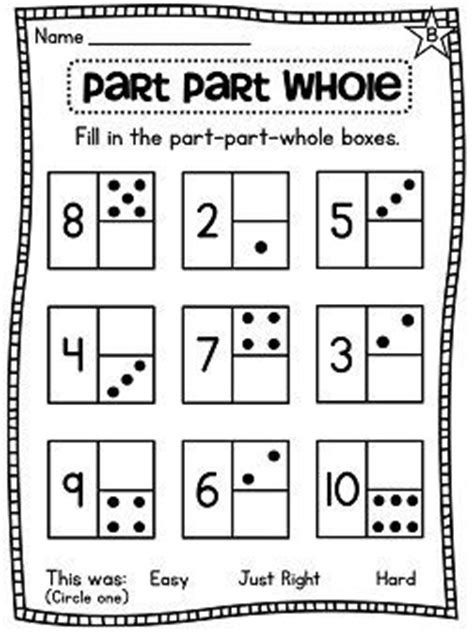
- 10 + 2 = 12
You can use manipulatives to help students learn this skill. Draw two rows of 10 boxes on a sheet of paper, one under the other, and then have students place manipulatives into them to represent the sum. For 7 + 5, the first attempt might look like this:
But then you can show students how it becomes easier if you reposition the manipulatives to fill one row of 10, making it:
Number talks are also a great way to break this strategy down. Model it first, and then ask students to talk through their approach to a question in the same way.
Word problems
Word problems encourage students to identify addition problems even when they aren’t clearly specified. Start by introducing them to the language of addition, such as:
- X plus y
- X extra
- X added to
- total amount
- in all
- altogether
Once they’re familiar with the language, get them started with simple problem-solving and reasoning activities.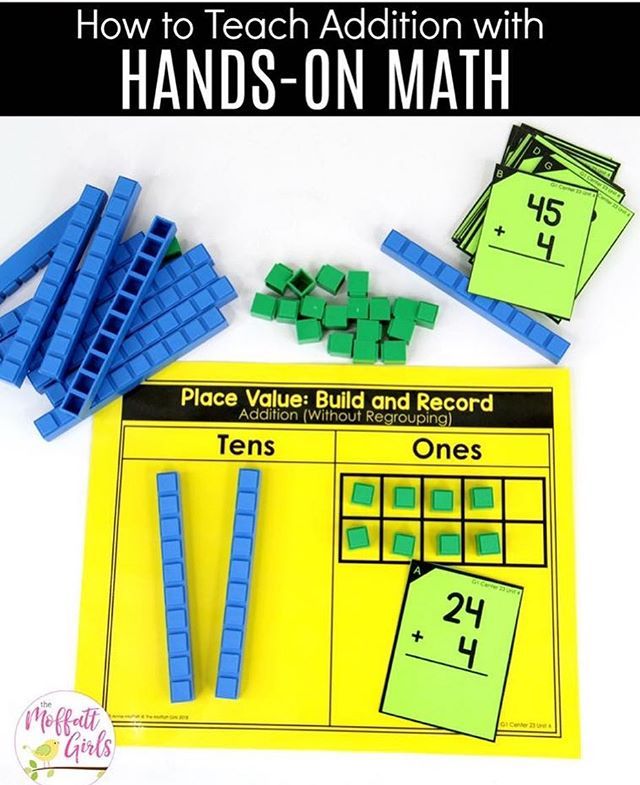
Memorize the math facts
Ultimately, we want students to be able to add quickly and accurately in their heads. This procedural fluency is essential as they move onto more complex problems, and there’s no way to get there without memorizing every single digit addition fact.
Here are a few strategies that help:
Break it down
The entire table of addition facts might seem overwhelming, so just focus on specific sections at a time. For example, you might focus on + 1 and + 2 one week, before moving onto pairs that add up to 10.
Gamify the process
Quizzes, group challenges, and rewards will make rote learning more engaging. Just make sure it doesn’t become too competitive and scare off any students who are having difficulty.
Find 10 simple ways to gamify your classroom here.
Use EdTech tools
Online learning programs can teach addition in fun, interactive virtual contexts.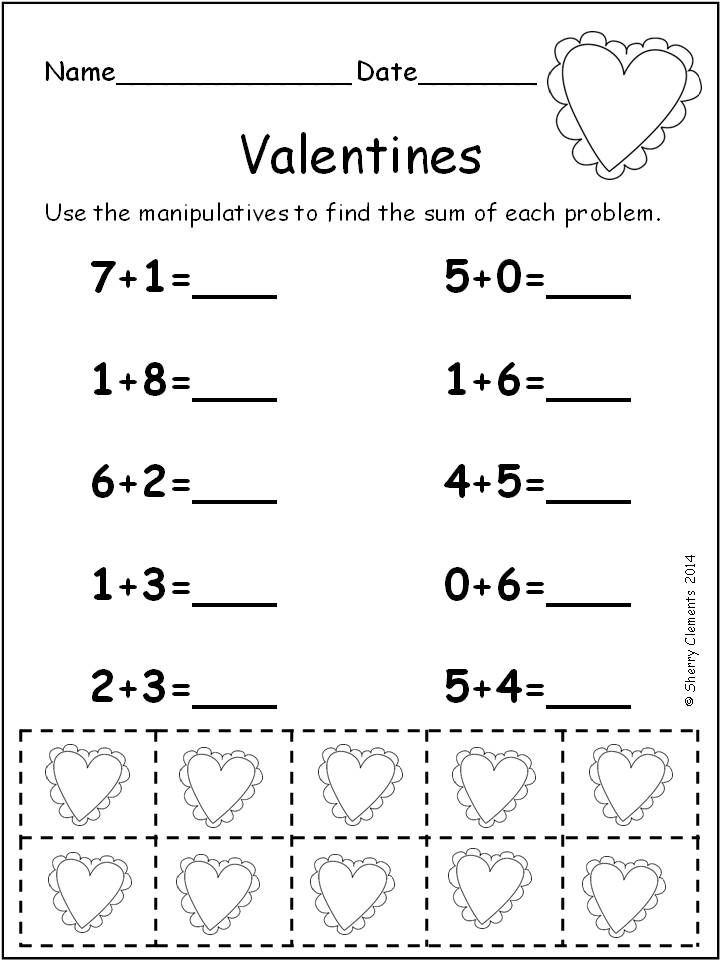 Better yet, if you choose a fun program students can use independently, they’ll be logging in at home for extra practice.
Better yet, if you choose a fun program students can use independently, they’ll be logging in at home for extra practice.
We’ve put all these things together in our own award-winning programs, Mathseeds and Mathletics. Click on the link below to find out more!
Level up your students’ addition skills with our mathematics learning programs.
Explore nowCategories Mathematics, Teaching strategies
Addition Strategies for First Graders
Home » Blog » Operations » Addition » Addition Strategies for First Graders
Written by: Angie Olson
365 shares
- Share194
- Tweet
First grade is the year that students are developing their foundational mathematical skills. It is critical that when learning how to add numbers, our students are learning and understanding HOW to use a math algorithm to find an answer and also able to explain WHY they are doing so.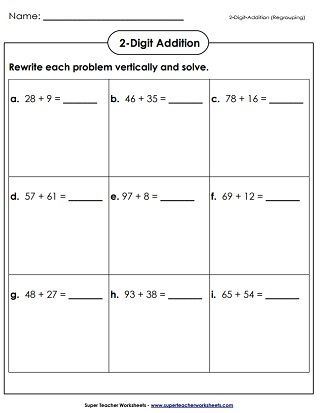 When I teach my students addition, they have a solid understanding of numbers and place value first. Then I introduce different addition strategies. After some practice with these strategies, the focus can shift to memorization of facts. This, of course, comes later.
When I teach my students addition, they have a solid understanding of numbers and place value first. Then I introduce different addition strategies. After some practice with these strategies, the focus can shift to memorization of facts. This, of course, comes later.
Some strategies that I like to use when teaching addition are:
(these are all covered in the First Grade Addition Interactive Notebook)
1. Zero Facts
2. Turn-Around Facts
3. Counting On
4. Doubles Facts
5. Using Fingers
6. Using Manipulatives
7. Near Doubles
8. Make a Ten
9. Part Part Whole
10. Combining Numbers
11. Tally Marks
12. Ten Frames
13. Fingers
Download Addition Strategies Flip Flaps HERE
Another important component to teaching any new unit in math is to teach the vocabulary words that go with the concept. This particular interactive math notebook activity includes 10 vocabulary words with definitions. You could have your students glue their definitions under the vocabulary word or write the definition themselves.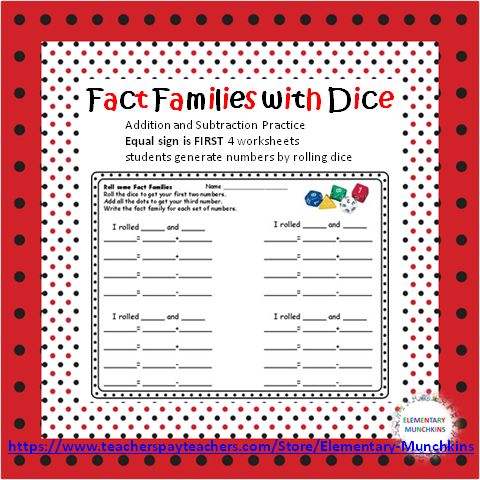
Download Addition Vocabulary Flaps HERE
This First Grade Addition Strategies Notebook includes all of the strategies you read from above along with activities for practice of these addition strategies. I believe most first graders benefit from using manipulatives when learning a math skill so these interactive notebook activities were designed to accompany some of the most basic math manipulatives such as dice, counters, dominoes, etc.
Download All Things 1st Grade Interactive Notebooks HERE
My favorite part about this First Grade Addition Strategies Notebook is the word problem story mats. Word problems seem to always be a trickier concept for students to master so I knew that I wanted to find a way for students to practice this skill in a practical way. That’s when these word problem story mats came to life!
I love that there are pictures provided for each story or I can use any math manipulative that I have laying around my classroom. These word problem story mats can also be easily differentiated. For the struggling student, I would use these as a part of their math center. I would provide the story prompt and a limited number of counters. I can also see this being used with at grade level students by having them work with a partner to determine a story, place counters on the story mat, and write the addition sentence to go with the word problem. For the advanced first graders, I would provide the story mats and an increased number of counters. Then they would work independently or with a partner to write a word problem of their own along with the addition sentence to go with the word problem. The First Grade Addition Notebook includes 5 different stories with counters.
For the struggling student, I would use these as a part of their math center. I would provide the story prompt and a limited number of counters. I can also see this being used with at grade level students by having them work with a partner to determine a story, place counters on the story mat, and write the addition sentence to go with the word problem. For the advanced first graders, I would provide the story mats and an increased number of counters. Then they would work independently or with a partner to write a word problem of their own along with the addition sentence to go with the word problem. The First Grade Addition Notebook includes 5 different stories with counters.
Download Word Problem Story Mats HERE
Feel free to use the image below to save this post to your Pinterest board. Happy Teaching! 🙂
If you’d like to try out some free interactive math activities in your classroom, you can grab a 35 page freebie by signing up below. Enjoy!
365 shares
- Share194
- Tweet
useful sites for elementary school children
True Words website
True Words is an educational site for first-graders and not only.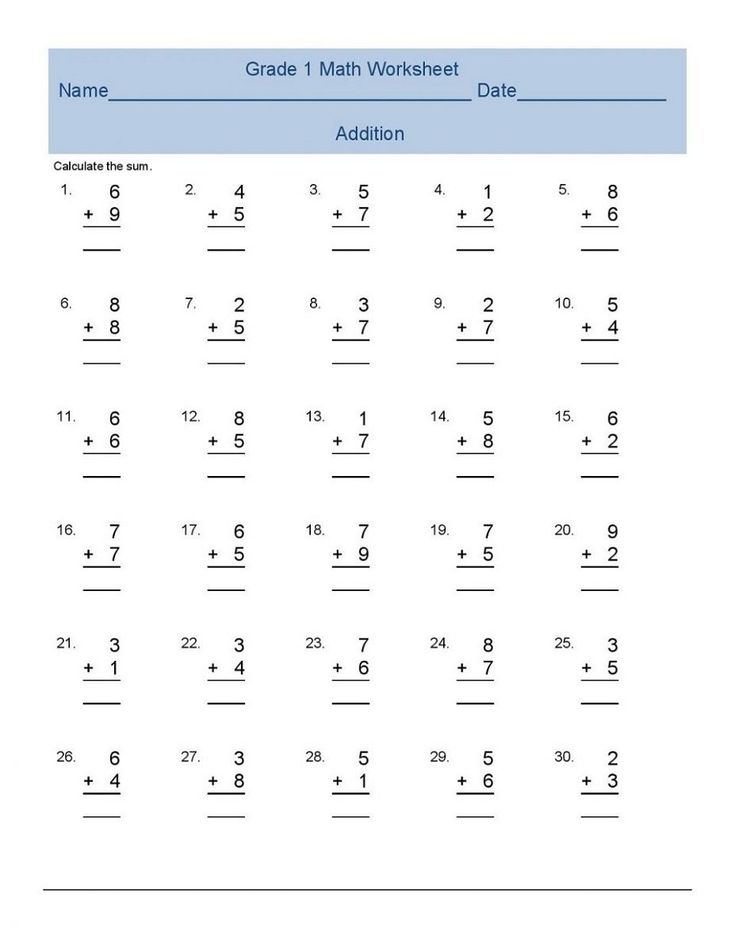 Used to test knowledge of the Russian language. In addition to practical tasks, there is also theory - no need to look elsewhere. The site makes it easy to track progress. For the first graders, the Easier than Easy course is a great addition to the main educational process.
Used to test knowledge of the Russian language. In addition to practical tasks, there is also theory - no need to look elsewhere. The site makes it easy to track progress. For the first graders, the Easier than Easy course is a great addition to the main educational process.
Skazbuka application
A useful site for elementary school students — here the kid can learn reading, math and English. The interface does not strain the eyes, and the tasks are divided according to the age scale. The advantage of a convenient function: using the limit, you can limit the time that the child spends in the application.
App for first graders available for iOS and Android.
Application "Math and logic for children"
This application for elementary school children was developed in collaboration with teachers and psychologists. Includes small games that are aimed at developing thinking, logic, geometric imagination and counting skills. Just what first graders need! Available for iOS.
<
Nambi App
The app has over 1,000 fun math problems that fit the first grade school curriculum. You need to bathe the monsters, help the llama climb the rock, launch the dachshund into the air and feed the birds with cookies while studying mathematics. The app for first graders is available for iOS.
Bubl Draw application
An unusual application that will develop the creativity of the baby: here you can draw and compose music at the same time. Each color sounds differently and changes tone depending on the shape of the picture. Perhaps this will make it easier for parents to choose an additional section - you will find out what the child likes best. Available for iOS.
Learn English Kids website
This educational site for first graders and all children who are just starting out in English is developed by the British Council, the international organization representing the UK in the field of culture and education. On the site, kids can listen to songs, watch cartoons, play educational games and much more.
On the site, kids can listen to songs, watch cartoons, play educational games and much more.
Memory Trainer application
Application for everyone who wants to train their memory. You need to memorize pictures and choose them from many others. With each step, the number of pictures grows, and the game becomes more difficult.
This educational application is suitable for Android.
Foxford Elementary School
It's good to have separate educational resources and apps for first graders to work on specific subjects and fill in gaps. But if a first grader needs comprehensive online learning, Foxford will come to the rescue!
Foxford Elementary School is an interactive online learning experience for grades 1-4. The child will be able to master the school curriculum in real time: at the appointed time, students gather on the platform and watch the webinar. No need to go anywhere and waste time on the road!
In grades 1-2, parents are present at the lessons with their children in order to immediately receive methodological recommendations and help the young student write his question in the chat.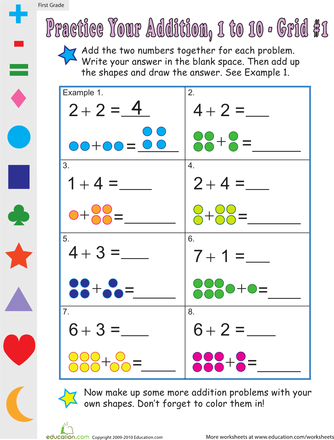 And in grades 3-4, children can already interact with teachers themselves, and separate methodological webinars are held for parents.
And in grades 3-4, children can already interact with teachers themselves, and separate methodological webinars are held for parents.
<
Education includes all the subjects required in the primary grades:
- Russian language and literary reading (in grades 1-2 these subjects are combined into one - literacy),
- mathematics,
- the world around,
- English,
- algorithms.
Classes are taught by teachers whose average teaching experience is 15 years. They know how to interest children and find an approach to everyone.
Students and parents are provided with the materials they need to succeed in their studies. Also, the class teacher is always ready to help kids and parents. And during the school year, a psychologist, speech therapist and other qualified professionals hold webinars for parents, where you can ask questions and get recommendations.
<
Suitable for Foxford Elementary School
- Those who are willing to attend first and second grade with their children.
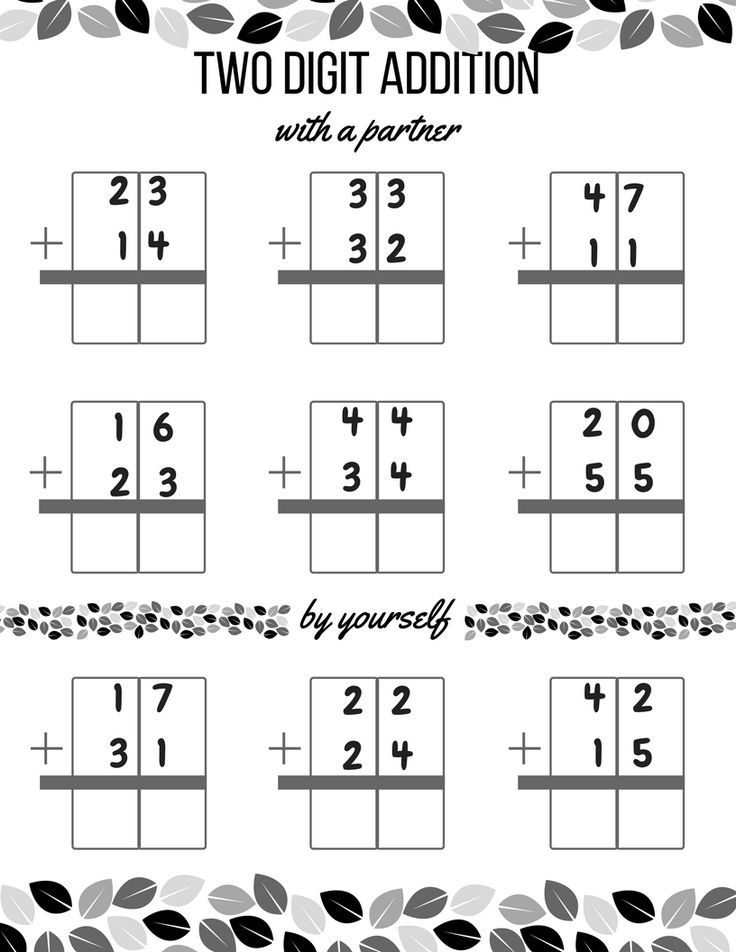
- Those who want to build an individual learning path for their child from the first grade and learn what is interesting.
- Families who often move or live abroad but want their children to have a Russian diploma.
- For those with poor health or traumatic experience in regular school.
Use online resources to make learning more modern and efficient. And for a full-fledged education, come to Foxford Primary School.
1st grade online learning | Home School InternetLesson
at the Internet Lesson Home School
You can study remotely from the very first grade! Home school "InternetUrok" accepts students from 6.5 years old, and you can apply to one of our partner schools at any time of the year.
Home school "Internet Lesson" allows you to study from anywhere and at any time , because all lessons are held remotely and without reference to the general schedule.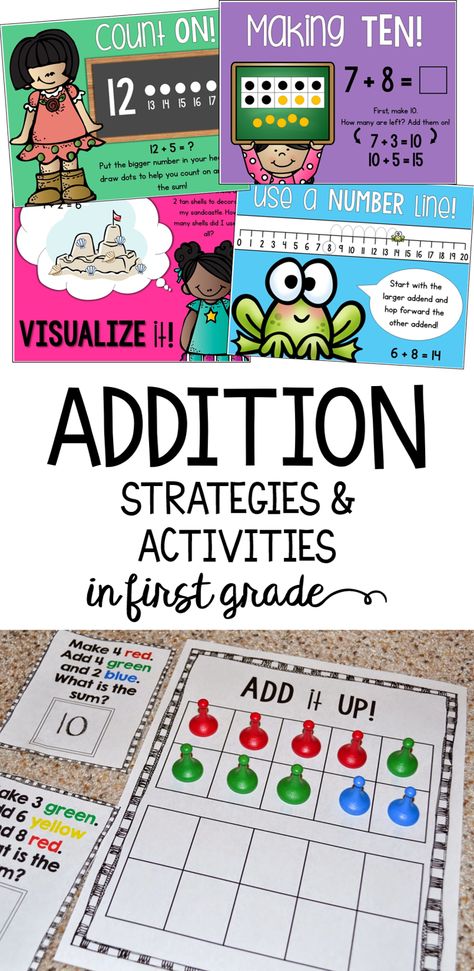
How is it going
learning process?
The standard schedule of the Home School "Internet Lesson" provides 1-2 lessons per day , no more than 1 lesson per week for each subject. On average, a student needs about 3 hours of lessons per day to master the materials and do homework.
However, he can follow an individual schedule and master topics at a comfortable pace, study more or less material per day, and devote more time to favorite subjects. It is only important to complete tasks until the end of the corresponding quarter.
At the same time, the program fully complies with the Federal State Educational Standard of the Russian Federation and does not miss anything. This is possible due to the fact that the student is not distracted by classmates, and the teacher does not waste time discussing disciplinary issues. Study time is spent more productively, and knowledge is given in a more concentrated manner.
How each topic is studied:
View video tutorials
the student watches the video lesson and the recommended materials for it
Consultations with a teacher
the student watches the video recording of the consultation and learns to ask the teacher questions in the active chat together with the parents
Individual chat with the teacher
you can ask a question in an individual chat with a teacher and get an answer within 15 minutes
Interactive simulators
you can work out the acquired knowledge on interactive simulators
Tests
interactive testing with automatic verification serves to test knowledge
Hometasks
independent implementation of various DZ
Feedback
teachers check homework, grade and leave detailed recommendations
What subjects are studied
in 1st grade
In accordance with the requirements of the Federal State Educational Standard, the following subjects are studied in grade 1:
Russian
literary reading
mathematics
environment
ISO
music
technology
physical education
Are parents involved in learning
In the first grade, the participation of parents in the educational process is necessary. It is required both to adapt the child to school and get used to daily activities, and to study computer technology and complete school assignments.
It is required both to adapt the child to school and get used to daily activities, and to study computer technology and complete school assignments.
During classes, it is advisable to read the received tasks aloud, to help, support and control the student during their implementation. In the future, the student will acquire more and more independence, and less and less participation will be required from the parent.
Q&A
How do consultations work and how do they differ from video tutorials?
The consultations are videos that explain in detail the points that cause the most questions. Consultations are a constructive addition to video tutorials. They are formed on the basis of a deep analysis of the development of the topic by schoolchildren. At the same time, the student can ask questions to the teacher in the chat and get answers promptly.
How are physical education and music classes going?
Lessons in non-academic subjects, including physical education, music, fine arts and technology, are held once a quarter - remotely, like all other lessons.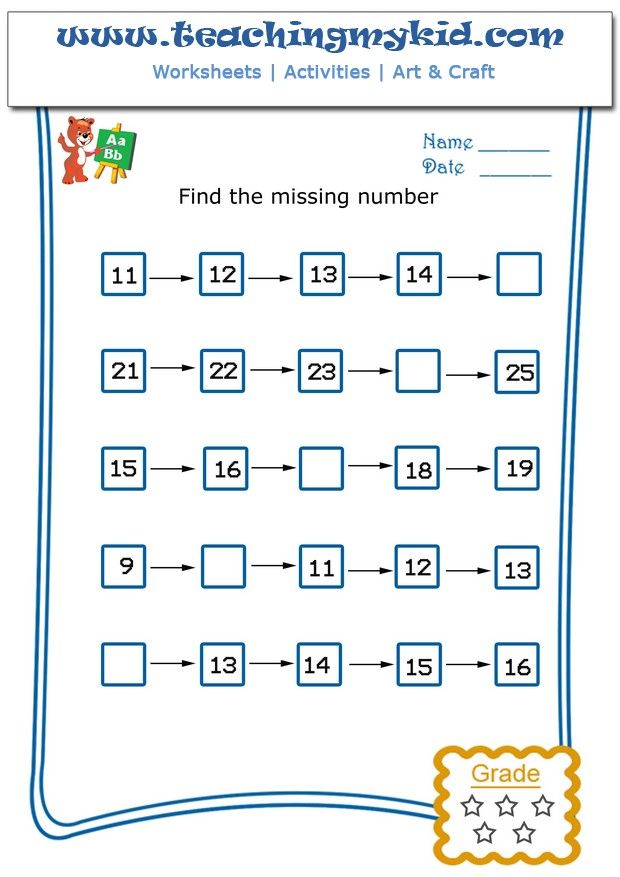 The task of the teacher is not to control every step of the student, but to instill interest and an individual approach to the subject, the desire to improve and lead a healthy lifestyle.
The task of the teacher is not to control every step of the student, but to instill interest and an individual approach to the subject, the desire to improve and lead a healthy lifestyle.
In physical education, the student records a video on which he performs the standards and uploads it for the teacher to check. Clear goals are set for the student, and their implementation is recorded.
If a child attends circles and sections, can he not complete homework in non-academic subjects?
Receipt of a certificate instead of completing a home study is possible in some cases in the following subjects: physical education, music, fine arts, technology. Read more here.
If the student has an exemption from physical education, you must send a certificate to [email protected], and you will be provided with topics for written work.
Why is a mentor needed? Does it replace the participation of parents in the educational process?
The mentor does not replace the parents in the learning process, but helps the first grader to effectively adapt to the lessons.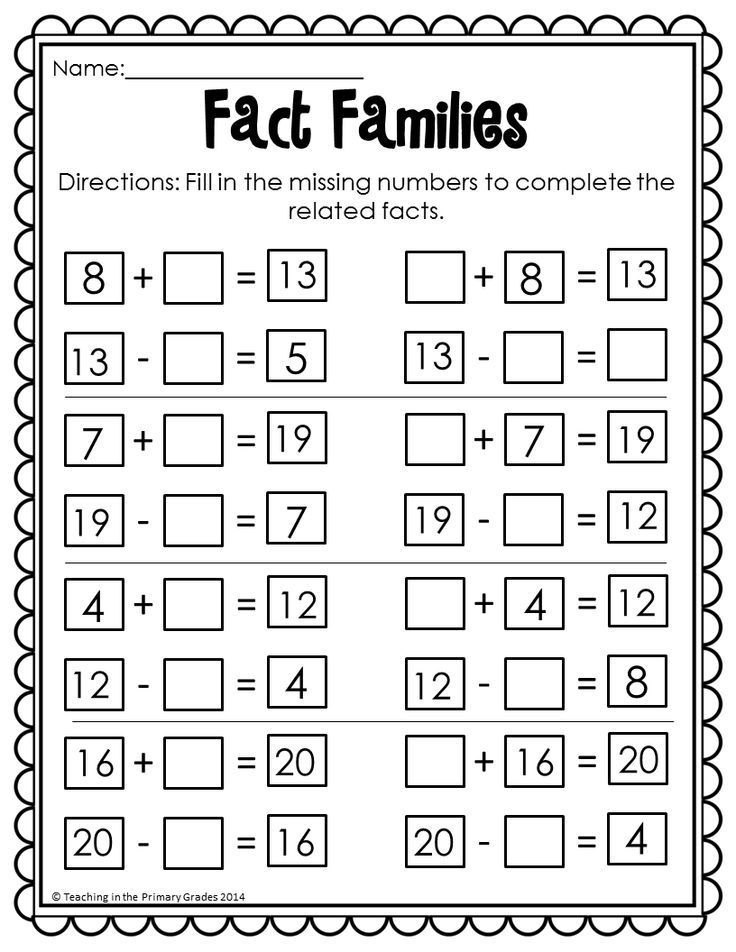 A mentor can be a senior friend and helper. He instills in the student the skills of self-organization, perseverance and commitment, and provides parents with an accurate analysis of their success in mastering the school curriculum with recommendations on what to pay attention to in the first place.
A mentor can be a senior friend and helper. He instills in the student the skills of self-organization, perseverance and commitment, and provides parents with an accurate analysis of their success in mastering the school curriculum with recommendations on what to pay attention to in the first place.
How to move to the next class?
To move to the next grade, a first grade student of the Internet Lesson Home School must complete the minimum number of homework assignments for certification in each quarter in each subject. Works that are part of the mandatory minimum are marked in the homework section with the phrase: “Important! Completion of this work is mandatory for the final grade for the quarter. Compulsory homework assignments are additionally highlighted in journals and in the schedule with an exclamation point.
Is a student's file filed?
When studying at the Home School "Internet Lesson" in the format "With enrollment" in the 1st grade, a personal file is opened for the student, which is maintained throughout the entire period of study.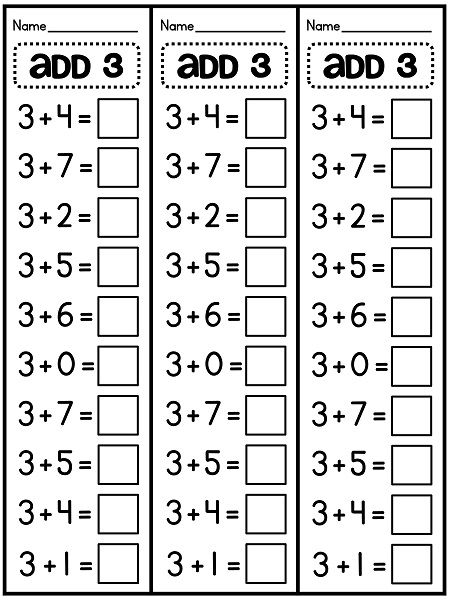
What textbooks do you need?
For a complete list of required textbooks, see the link.
Online learning makes it possible:
understand what subjects are most interesting to the child, how quickly he is able to absorb information and in what form he understands the subject better;
view lessons and videos of online consultations with a teacher several times as needed;
avoid getting up early every day, conflicts with teachers and classmates, wasting time on disciplinary questions and explanations for lagging behind;
decide on hobbies and conveniently allocate time for activities outside of school;
adapt to learning and new workloads without the stress of starting school;
choose an individual approach to learning that is most convenient for a first grader.
More than 19,000 students study with us
The school is good, we have been studying for 4 years with three children.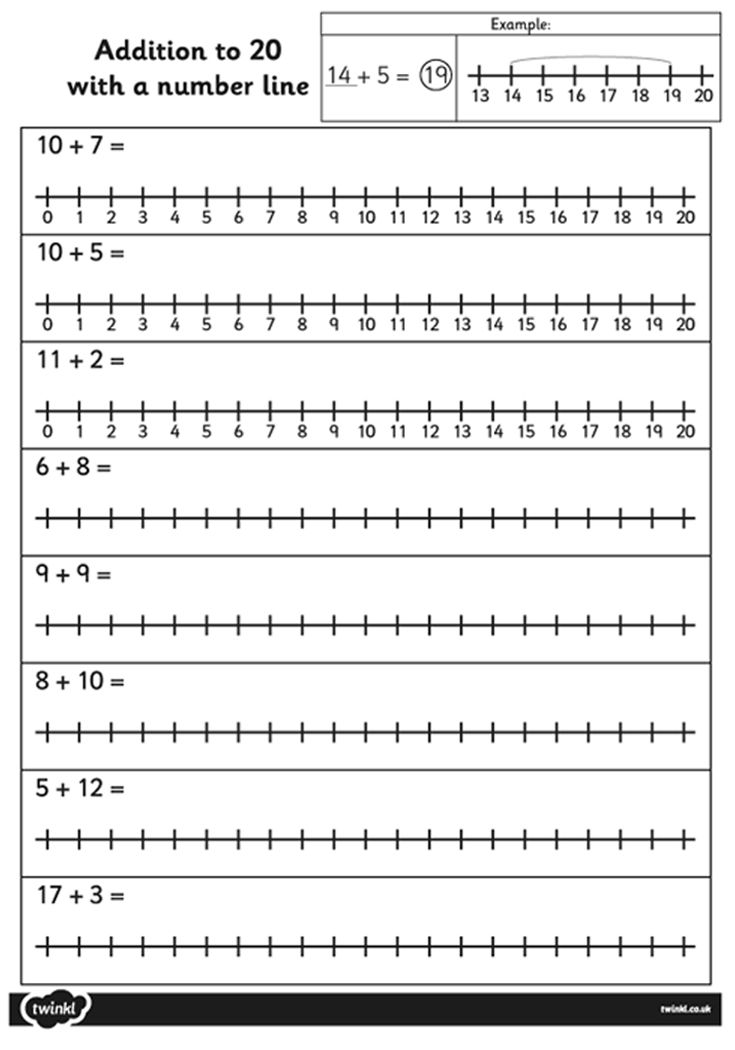 The youngest son did not study at a regular school at all, he immediately went to the 1st grade of interneturok.ru, he learned everything, write, read, of course, not without my help. It is hard for children, there is not enough time, they combine a regular school, we live in another country.
The youngest son did not study at a regular school at all, he immediately went to the 1st grade of interneturok.ru, he learned everything, write, read, of course, not without my help. It is hard for children, there is not enough time, they combine a regular school, we live in another country.
Are we only in 1st grade this year? I was very worried about how everything would turn out, how we would cope with our studies, because for us this is a completely new and unusual stage. But my fears were in vain, my daughter is happy to study, even she asks me to start classes as soon as possible? But it was the quality of education and the child's interest in learning that were the determining factors for my husband and me when choosing this form of education. And the Yiwu Home School made us very happy! I hope everything will continue to be just as easy and interesting?
We are from Georgia. Went to 1st grade. Your school has opened the way for us to calm and quality education.